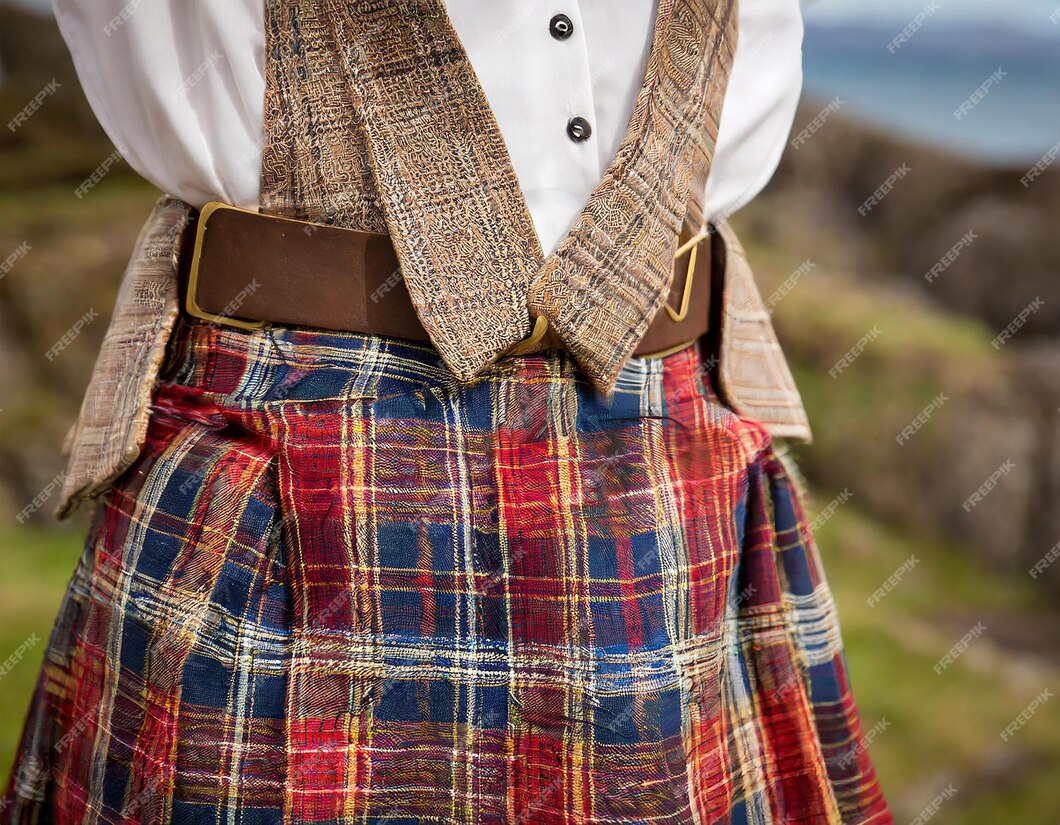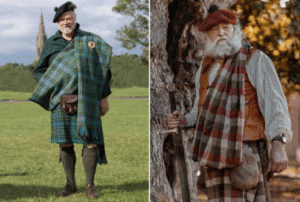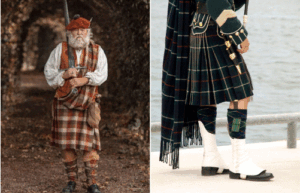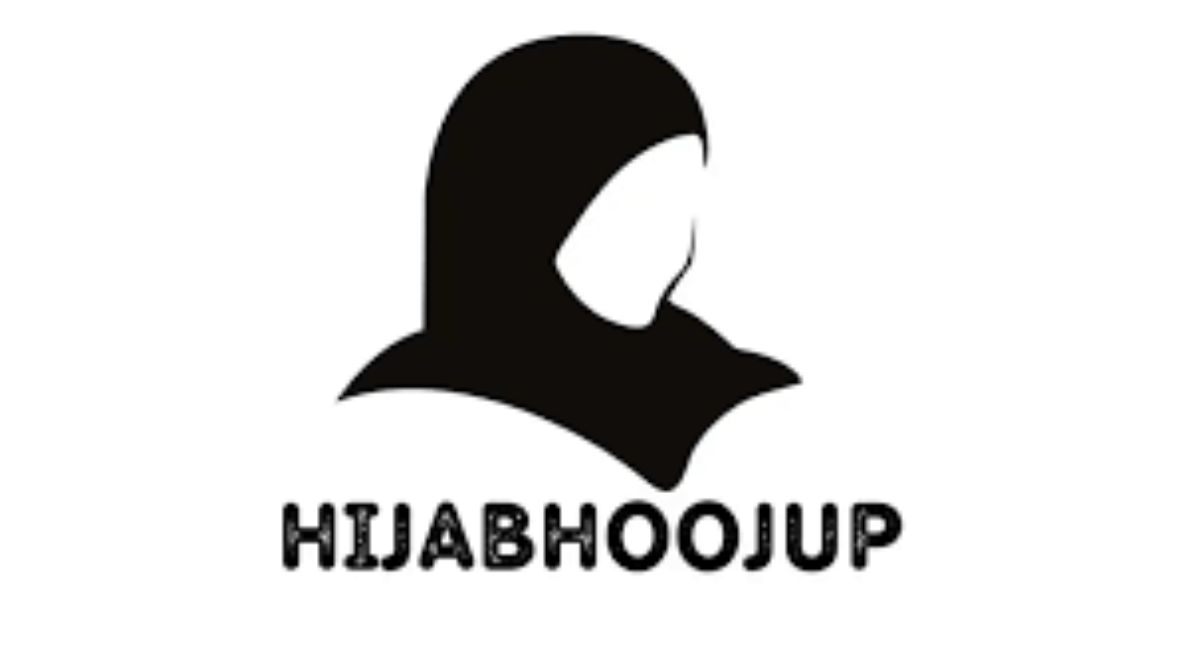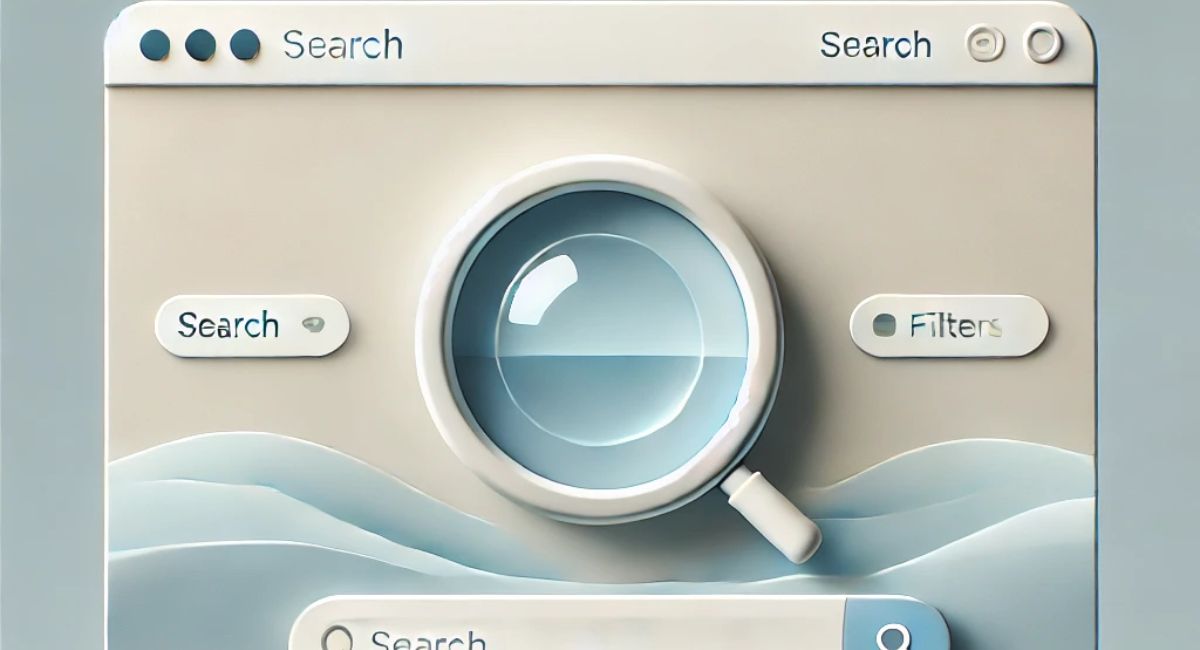Historical Origins of the Long Kilt
Early Scottish Clans
The origins of the long kilt can be traced back to the rugged terrain of the Scottish Highlands, where clans relied on its practicality and versatility. Early versions consisted of a single length of cloth draped around the body and secured with a belt, providing warmth and protection from the elements. Its design evolved over time to incorporate features such as pleats and folds, enhancing both functionality and aesthetics.
Design and Construction of the Long Kilt
Tartan Patterns and Meanings
One of the most distinctive features of the long kilt is its tartan pattern, which varies depending on the wearer’s clan or family affiliation. Each tartan has its own unique combination of colors and stripes, with meanings deeply rooted in Scottish history and tradition. The long kilt served as both clothing and shelter for the Highlanders, allowing them to adapt to the harsh conditions of their environment. Tartan patterns were originally associated with specific regions or districts rather than individual clans. However, as clan identities became more defined, tartans became emblematic of kinship and heritage, with each clan adopting its own distinctive design.
Traditional Materials Used
Traditional long kilts are crafted from wool, known for its durability and insulation properties. However, modern variations may incorporate other materials such as cotton or synthetic fibers to suit different preferences and climates. Woolen kilts are typically made from worsted wool, which is tightly woven for added durability and resistance to wrinkles. This type of wool is also breathable, making it suitable for wearing in both warm and cold weather conditions.
Cultural Significance of the Long Kilt
Icon of Scottish Identity
The long kilt holds a special place in Scottish culture, symbolizing resilience, pride, and unity among Scots around the world. It is often worn during special events such as weddings, ceilidhs, and Highland games, serving as a visual representation of Scottish heritage. The wearing of the long kilt is not just a fashion statement but also a deeply ingrained cultural tradition. It symbolizes a connection to Scotland’s rich history and heritage, evoking a sense of pride and belonging among those who wear it.
Formal and Informal Attire
While traditionally worn for formal occasions, the long kilt has also found its way into everyday attire, offering both style and comfort for those seeking to embrace their Scottish roots on a daily basis. In addition to formal events such as weddings and graduations, the long kilt is also worn for more casual occasions such as family gatherings and social events. It can be paired with a variety of clothing items, from dress shirts and jackets to t-shirts and sweaters, making it a versatile wardrobe staple.
Modern Adaptations and Usage
Fashion Trends
In recent years, the long kilt has experienced a resurgence in popularity, with fashion designers incorporating its distinctive elements into contemporary clothing lines. From runways to streetwear, the timeless appeal of the long kilt continues to inspire new generations of fashion enthusiasts. Designers have put a modern twist on the traditional long kilt, experimenting with different fabrics, colors, and patterns to create unique and innovative designs. Tartan skirts, dresses, and even trousers have become popular fashion choices, offering a fresh take on traditional Scottish attire.
Sporting Events and Formal Occasions
The long kilt remains a popular choice for sporting events such as Highland games, where participants proudly display their clan tartans while competing in traditional Scottish athletic events. It is also a staple at formal occasions such as weddings and graduations, adding a touch of elegance and tradition to any event. In addition to its ceremonial significance, the long kilt is also worn for practical purposes during outdoor activities such as hiking, camping, and hunting. Its durable construction and comfortable fit make it an ideal choice for outdoor enthusiasts seeking protection from the elements while exploring Scotland’s rugged landscapes.
Scotsman Kilt, Symbol of Tradition and Pride
The Scotsman kilt, often referred to simply as “the kilt,” is a traditional garment worn by men in Scotland and beyond. It holds deep cultural significance and is synonymous with Scottish identity. The Scotsman kilt typically refers to the long kilt, also known as the Great Kilt or Feileadh Mòr. This iconic piece of clothing consists of a single length of tartan fabric that is pleated and wrapped around the wearer’s body. It is usually made from wool, known for its durability and insulating properties, making it suitable for the unpredictable Scottish weather. The tartan patterns of the Scotsman kilt are significant, with each design representing a specific clan or family. These tartans have deep-rooted meanings and are passed down through generations, symbolizing kinship and allegiance.
Maintenance and Care Tips
Cleaning and Storage
To ensure the longevity of your long kilt, it’s essential to follow proper cleaning and storage practices. Dry cleaning is recommended for woolen kilts, while cotton or synthetic kilts may be machine-washed on a gentle cycle. When not in use, store your kilt in a cool, dry place to prevent wrinkles and damage. Proper care and maintenance are essential for preserving the longevity of your long kilt. To keep it looking its best, avoid exposing it to harsh chemicals or direct sunlight, and periodically inspect for any signs of wear or damage. With proper care, your long kilt can last for generations to come, serving as a cherished heirloom for future generations to enjoy.
Proper Folding Techniques
When folding your long kilt, take care to preserve the pleats and creases to maintain its crisp appearance. Lay the kilt flat on a clean surface and fold it lengthwise, smoothing out any wrinkles or folds along the way. Secure with a kilt pin or belt to keep it neatly in place. Proper folding techniques are essential for keeping your long kilt looking its best. By taking the time to fold it carefully and store it properly, you can prevent wrinkles and creases from forming, ensuring that your kilt stays in pristine condition for years to come.
Conclusion
In conclusion, the long kilt stands as a timeless symbol of Scottish heritage, tradition, and identity. From its humble origins in the Scottish Highlands to its global popularity today, the long kilt continues to inspire awe and admiration, weaving together centuries of history and culture in its vibrant tartan patterns and elegant design. Whether worn for formal occasions or everyday wear, the long kilt remains a beloved garment that celebrates Scotland’s rich cultural heritage and traditions. Its enduring popularity and widespread appeal attest to its status as a timeless piece of clothing that transcends borders and generations, leaving an indelible mark on the world stage.
FAQs
Can anyone wear a long kilt, or is it reserved for those of Scottish descent?
While the long kilt holds significant cultural meaning for Scots, it can be worn by anyone who appreciates its beauty and symbolism. Many people of diverse backgrounds proudly don the long kilt to celebrate Scottish heritage or simply as a fashion statement.
Are there specific rules for wearing a long kilt, such as how it should be draped or secured?
While there are traditional methods for wearing and securing a long kilt, such as using a belt or kilt pin, modern variations offer flexibility in styling and customization. Ultimately, the way you wear your kilt is a personal choice, reflecting your individual taste and preferences.
How do I choose the right tartan pattern for my long kilt?
Choosing a tartan pattern often involves considering factors such as family heritage, clan affiliation, or personal preference. Many tartans are associated with specific clans or regions, but there are also universal tartans that anyone can wear. Explore different options and choose a pattern that resonates with you.
Can I wear a long kilt for casual occasions, or is it strictly reserved for formal events?
While the long kilt is traditionally associated with formal occasions such as weddings and Highland gatherings, it can also be worn casually for everyday wear. Pair it with a casual shirt or sweater for a relaxed yet stylish look that pays homage to Scottish heritage.
How do I care for my long kilt to ensure it stays in good condition?
Proper care and maintenance are essential for preserving the longevity of your long kilt. Follow the manufacturer’s instructions for cleaning and storage, avoid exposing it to harsh chemicals or direct sunlight, and periodically inspect for any signs of wear or damage.






